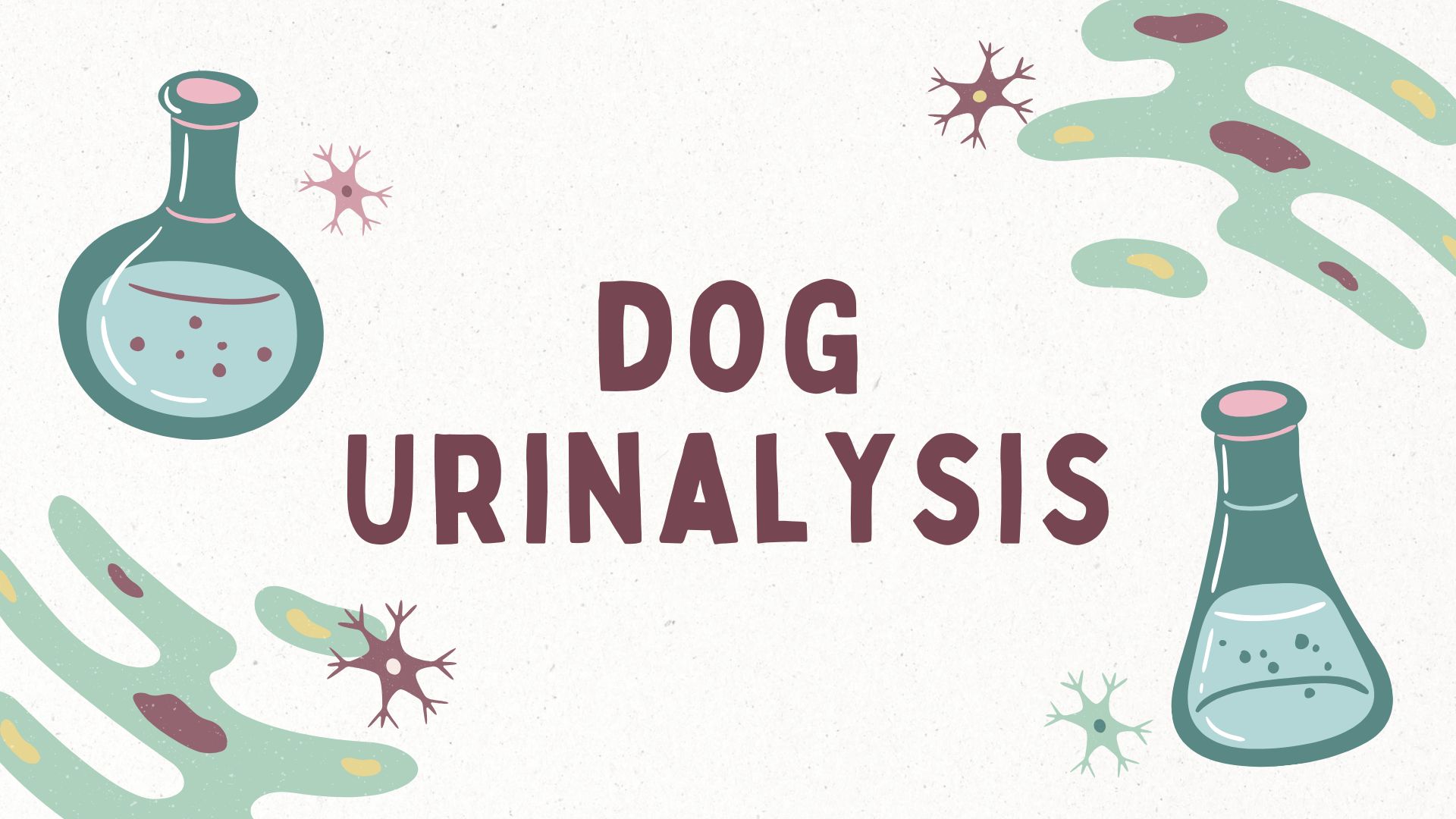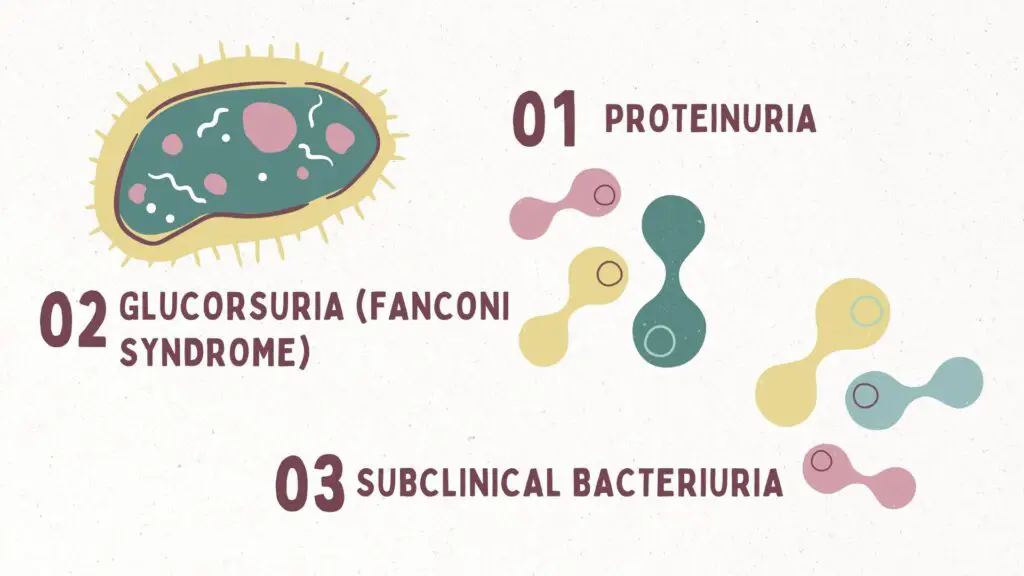Dog Urinalysis

Especially as dogs get older, I’ve always been in the camp that says, “Why not run routine tests, just to see?” Asking for a dog urinalysis is a good example. Why not check? Way better to catch anything early. Yet, with veterinary costs rising and other financial challenges for many people, including me, I (unfortunately) now take a harder look at my budget than I did earlier. I dug around in my dog files to remind myself how much a canine urinalysis test costs now versus then. Spoiler alert, the cost has nearly doubled. Honestly, it’s tempting to scale back, and I still might, but let’s look at some of the things we might miss if we skip doing urinalysis on a dog, of any age.
The Cost Question First
I dug back through my at-home veterinary care folders to see how much we paid for a dog urinalysis back when Clover was a puppy and suffered non-stop bladder infections. We did a lot of urine tests back then. I’m not talking about the costs of fancier urine cultures to see what grew or which meds would work better. I mean just a regular U/A (that’s the abbreviation for a basic urinalysis test).
In 2014, when Clover was a puppy suffering from nonstop UTIs, we paid $61 for a urinalysis.
In 2024, for a routine dog urinalysis as part of Clover’s wellness exam, we paid $130.
In 2024, I honestly thought someone accidentally used the wrong pull-down menu in their veterinary software when creating my invoice. I truly believed it was a mistake. It wasn’t. The difference, I was told, is that old-style urinalysis tests were done by veterinary technicians in the in-house lab. Now that in-house lab features some fancy machine that does all kinds of things. I tried (and failed) to find out how much that machine costs. That reason for the change is on top, of course, of costs rising in general.
Keep in mind that’s just for the test itself. For annual wellness exams I typically bring a fresh / free-catch urine sample, so there’s no charge for sample collection. However, all of my recent veterinary invoices also include a $5 medical waste fee (even sometimes when there was no medical waste created during the appointment).
On the plus side, you can often get better pricing by choosing a wellness package of services together that includes the exam, routine bloodwork, routine urinalysis, and maybe other tests, like for intestinal parasites and such. So, look into that and see if it will help your budget.
What Can We Learn From a Dog Urinalysis?
Basically, a U/A looks at things like this in a dog’s urine, sometimes using expert eyes, dipped test strips, microscopes, and other lab equipment.
- Color: Changes in color can indicate hydration levels or underlying health issues. Normal urine ranges from pale yellow to amber.
- Clarity: Cloudy urine may suggest the presence of crystals, cells (such as red or white blood cells or proteins), or bacteria.
- pH Levels: The pH level can indicate issues such as urinary tract infections or metabolic disorders.
- Specific Gravity: This measures the concentration of urine. Abnormal values may indicate things like dehydration or kidney problems.
- Chemical Composition: The presence of glucose may indicate diabetes, while protein might suggest kidney disease.
What Might We Miss If We Don’t Test a Dog’s Urine?
I read an article recently, meant for veterinary professionals, and here’s what it said about what we might miss by skipping urinalysis in pets. I thought an us-version of the info might be helpful.

- Proteinuria – too much protein in the urine, which can be an indicator of kidney disease. The article goes onto recommend rechecking any findings like this 3 or more times at least 2 weeks apart. This lets your veterinarian know if it’s ongoing or not.
- Glucorsuria (Fanconi Syndrome) – electrolytes and nutrients, like glucose, in the urine, where the kidneys aren’t reabsorbing things quite right, so they end up leaving the body via urine. Apparently, Basenjis are prone to this problem. Other dogs can acquire the problem due to antifreeze poisoning (ethylene glycol), other metabolic or infectious diseases, or “a history of chicken jerky treat ingestion.”
- Subclinical Bacteriuria – basically a signs of bacteria in the urine without other clinical signs. This can happen in otherwise healthy dogs and cats, but it’s commonly seen in dogs with endocrine issues, those taking immunosuppressants, or dogs with other urinary track problems.
